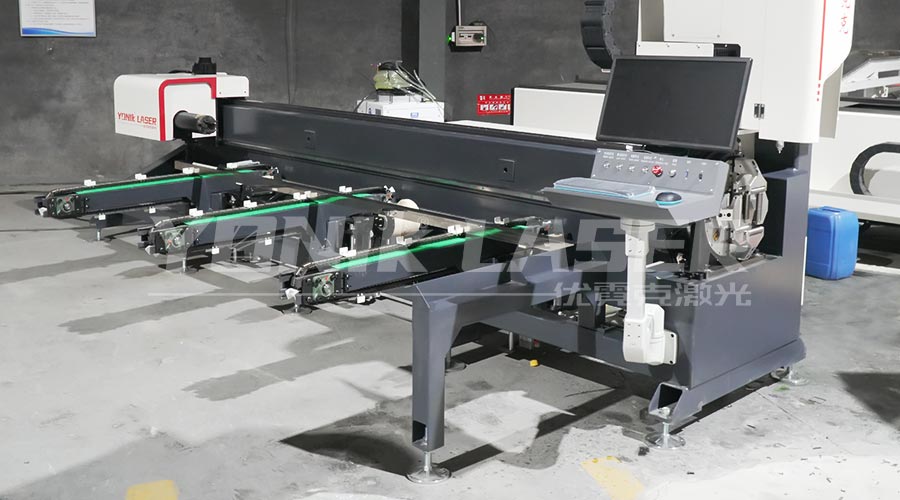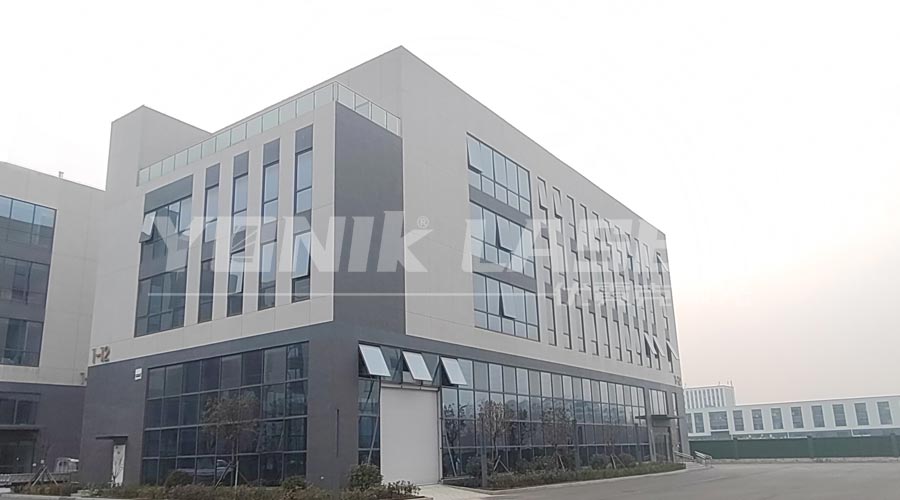As an important equipment in modern industrial manufacturing, laser cutting machine is widely used in metal processing, advertising production, electronics and other fields with its high precision, high efficiency and non-contact processing characteristics. However, there are certain limitations on the cutting thickness of laser cutting machine, which has become a key factor restricting its application range and cutting efficiency. This article will explore in depth the reasons for the limited cutting thickness of laser cutting machine and propose effective solutions.

Reasons for limited cutting thickness of laser cutting machine
The limitation of cutting thickness of laser cutting machine is mainly determined by the following factors:
Laser power: Laser power is a direct factor affecting cutting thickness. The higher the power, the stronger the energy of the laser beam, and the greater the thickness of the material that can be cut. However, as the power increases, the cost and energy consumption of the equipment will also increase accordingly.
Material properties: Different materials have different absorption and reflectivity of lasers, which directly affects the effect of laser cutting. For example, metal materials have a higher absorption rate of lasers, so they are relatively easy to cut; while non-metallic materials such as plastics and wood have a lower absorption rate of lasers, and the cutting difficulty is relatively large.
Cutting speed: Cutting speed that is too fast may cause the laser energy to fail to fully act on the material, thereby affecting the cutting depth; while cutting speed that is too slow may increase the heat-affected zone and reduce the cutting quality. Therefore, it is necessary to reasonably control the cutting speed while ensuring the cutting quality.
Gas assist: During the laser cutting process, the use of auxiliary gas can accelerate the combustion and evaporation of the cutting material, thereby increasing the cutting speed and thickness. However, different gas types and usage methods will also have different effects on the cutting effect.
Solutions to the limited cutting thickness of laser cutting machines
For the above reasons, we can start from the following aspects to solve the problem of limited cutting thickness of laser cutting machines:
Increase laser power: According to specific needs, select a laser cutting machine with appropriate power. For scenes that require cutting thicker materials, high-power equipment can be selected. At the same time, the energy density and stability of the laser beam can be improved by optimizing the design and manufacturing process of the laser, thereby further improving the cutting ability.
Optimize cutting parameters: By adjusting parameters such as cutting speed, focal position, gas type and flow rate, precise control of the cutting process can be achieved. For example, for thicker materials, the cutting speed can be appropriately reduced to increase the dwell time of the laser beam on the material; at the same time, select the appropriate auxiliary gas type and flow rate to improve cutting efficiency and quality.
Adopt multiple cutting technology: For thick materials that exceed the single cutting capacity of the laser cutting machine, multiple cutting can be used. Through multiple cutting, the material thickness can be gradually reduced until the required cutting depth is reached. Although this method increases the number of cutting times and time, it can effectively improve the cutting quality and efficiency.
Improve the design of the cutting head: The design of the cutting head directly affects the focusing effect and cutting ability of the laser beam. By improving the structure and material of the cutting head, more precise focusing and guidance of the laser beam can be achieved, thereby improving the cutting thickness and accuracy. For example, the use of a zoom cutting head can flexibly adjust the focus position according to the thickness and cutting requirements of different materials; at the same time, optimizing the cooling system of the cutting head can also reduce the heat-affected zone and improve the cutting quality.
Introduce new technologies: With the continuous advancement and innovation of science and technology, more and more new technologies are being applied to the field of laser cutting. For example, the use of fiber laser cutting technology can achieve the cutting of thicker materials; at the same time, by introducing intelligent control systems and real-time monitoring technology, precise control and optimization of the cutting process can be achieved.
Practical application cases and effect evaluation
In practical applications, by adopting the above solutions, we can effectively improve the cutting thickness and cutting efficiency of laser cutting machines. For example, a company uses a high-power laser cutting machine and combines multiple cutting technology to successfully cut 20mm thick steel plates; at the same time, by optimizing cutting parameters and introducing intelligent control systems, the cutting quality and production efficiency are further improved. After actual evaluation, the company's cutting efficiency has increased by more than 30%, and the cutting quality has also been significantly improved.

Conclusion and Prospect
In summary, solving the problem of limited cutting thickness of laser cutting machines requires multiple aspects. By increasing laser power, optimizing cutting parameters, adopting multiple cutting technology, improving cutting head design, and introducing new technologies, we can effectively improve the cutting capacity and cutting efficiency of laser cutting machines. In the future, with the continuous advancement and innovation of science and technology and the increasing market demand for high-quality and high-efficiency cutting, laser cutting machines will play an important role in more fields and show broader development prospects.
2025-07-22
2025-07-21
2025-07-19